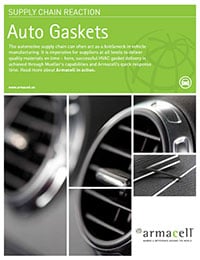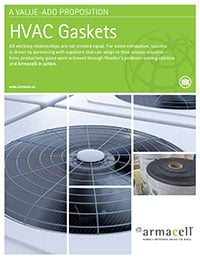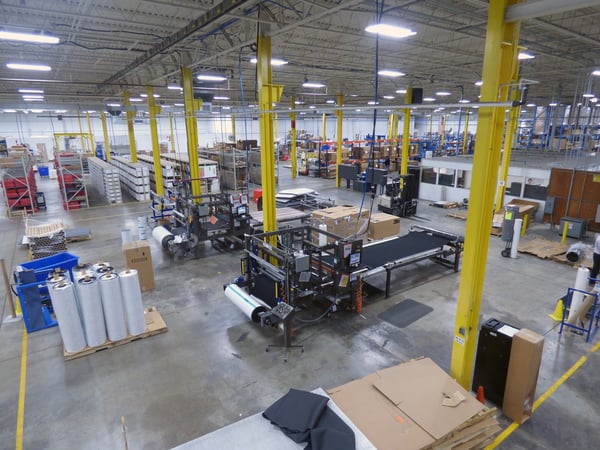
There’s nothing worse than a noisy product. Some items, like generators or air conditioning units, are noisy by nature. However, when something begins buzzing, squeaking, or rattling, there might be more considerable problems.
If you identify noise issues in your product during post-production testing, you might be wondering how to get started solving these problems, especially if you are producing high quantities of a product.
In this guide, the Mueller experts are going to discuss the sources of noise interference, the materials used to solve the issues the noise can cause, and how Mueller can provide solutions for your application.
What Are Some Common Sources of Post Production Noise Issues?
There are a few primary sources of the buzzing, squeaking, and rattling that can be found during post-production testing and inspection.
One of the most common sources of noise issues is mismatched dimensional tolerances between different parts of a product. This can result in moving parts bumping into one another or excess vibration. You can have a piece that fits snugly into a product without movement that, over time, works it’s way free and moves.
Environmental factors can also cause noise issues after a product has been in the field for a while. Exposure to heat can make parts expand, while the cold will cause parts to contract and shrink. Moisture due to humidity in the summer and dryness in the winter can also cause acoustic issues in products.
.jpg?width=512&name=unnamed%20(6).jpg)
What Materials Can Be Used to Address Noise Issues?
Four commonly used materials can effectively address noise issues in most applications.
- Crushed EPDM Foam: Crushed EPDM foam is a sponge-like material that can be used in multiple applications, but is mainly used in situations where a thicker material is needed.
- Ultra-high-molecular-weight (UHMW) Film: UHMW film can be used in applications where an ultra-thin material is needed to separate product components.
- Felt / Non-Woven Materials: Polyester felt is a non-woven that is used in applications where a thin material is necessary to prevent noise. It can also be used with adhesives to dampen sound.
- Polyurethane Foam: Polyurethane foam is used in applications where a thick material is needed to fill gaps between product components.
How to Decide on the Right Material
To decide on the right material for your application, there are a few questions you should ask yourself:
- How big of a gap is there in the product?
- What environmental issues will it be exposed to?
- Does our supplier have materials in stock?
- What materials are readily available?
Having materials that suit your needs be available quickly is essential for successfully addressing issues like buzzing, squeaking, and rattling.
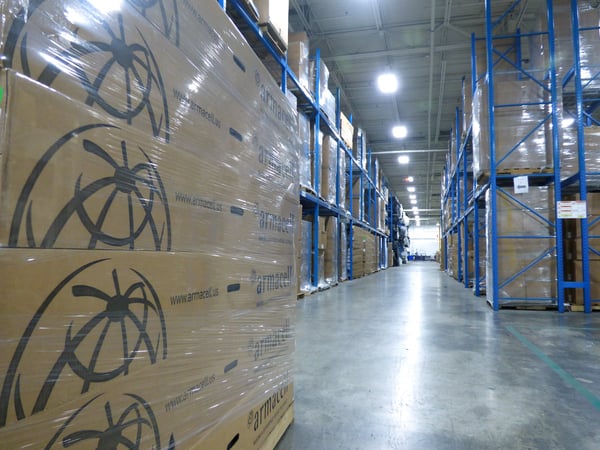
What Materials Does Mueller Have in Stock to Solve Noise Issues?
Now that we’ve covered some of the basics when it comes to noise issues in products, let’s take a look at how Mueller can help.
When it comes to stock readiness, Mueller has all the base materials discussed above in our warehouse. And while we might not have materials of every thickness, we generally have 80% of standard thicknesses on-hand, with others readily available and easy to acquire due to our established relationships with suppliers.
How Does Mueller Help Clients with Noise Issues?
To answer that, let’s take a look at the process Mueller follows when approached to help with a post-production noise issue.
To start, we have to understand the problem. This includes inquiring about the project timeline, when a solution needs to be in production, the function of the part, if there are any gaps, and if an adhesive is necessary.
If there are gaps in a product that you need to be filled, a material’s compression set should be considered. Likewise, we also need to consider what substrate is being bonded to if there will be adhesives involved.
Once the problem is clearly defined, we like to educate you on our capabilities and available solutions. We then qualify that solution by giving you a potential cost before creating samples for you to evaluate. If the samples pass your evaluation and you decide to order them, we begin producing your solution.
An Example of Mueller’s Process and Capabilities
Recently, Mueller worked with a manufacturer who produces car seats for children. They noticed an issue where one of their car seat models was rattling when the child was not in the seat. They had units in production that needed to be addressed, as well as units that were already in the field.
The company gave Mueller the car seat and discussed the noise issue, asking Mueller to come up with a solution to reduce the noise.
Our team applied different materials to accessible areas, testing which best reduced the rattling. Within two weeks, Mueller settled on a material that reduced the noise in a cost-effective way and made samples without tooling using a digital process. The solution we designed will be incorporated into the company’s manufacturing process, as well as sent out to the field.
The customer came to Mueller with nothing but the product and the issue, and our experts were able to come up with a solution that solved our customer’s problem promptly.
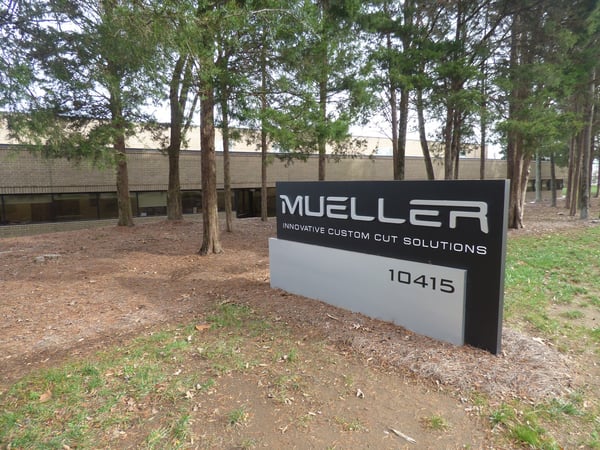
How Can Mueller Solve Noise Issues In My Product?
When it comes to noise issues, you have to keep the consumer in mind. Buzzing, squeaking, and rattling can be annoying to the user, as well as indicative of a faulty product. If you want to produce products that people trust, you need a manufacturer that helps solve these issues.
Mueller, as a company, has diverse applications and works with a wide variety of different markets. Our team has experience in plenty of markets and numerous unique applications. Our marketplace experience, coupled with our extensive inventory of materials like foam, non-wovens, and films, helps us create quick solutions for customers.
Now that you have some insight into Mueller’s capabilities and processes for handling post-production noise issues, you can inquire with confidence and know that your products are in the most capable hands possible.





